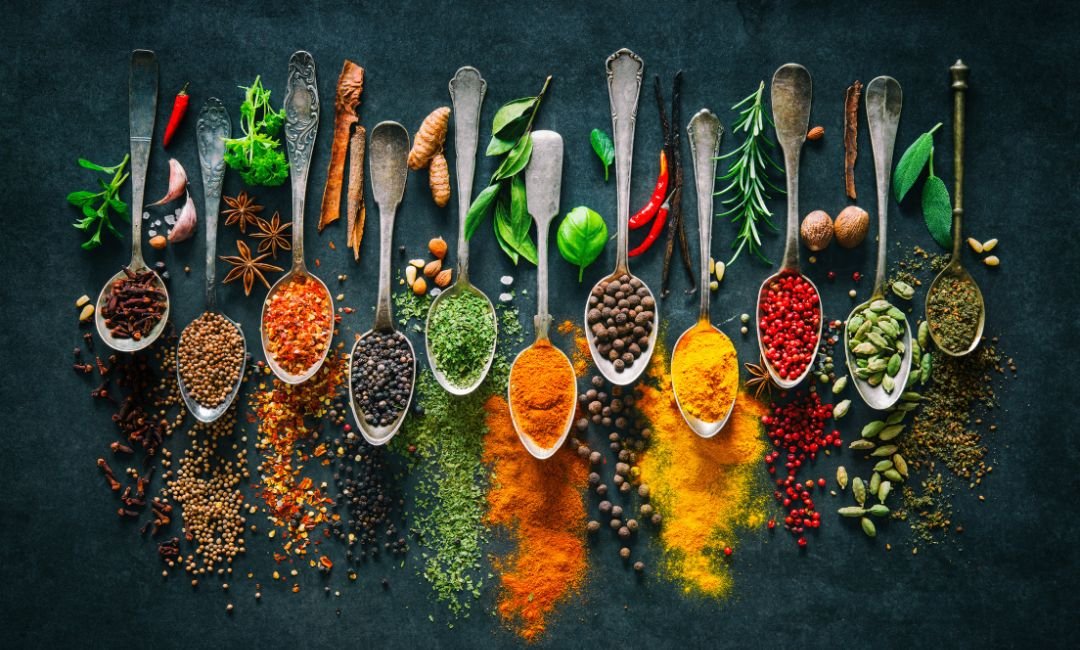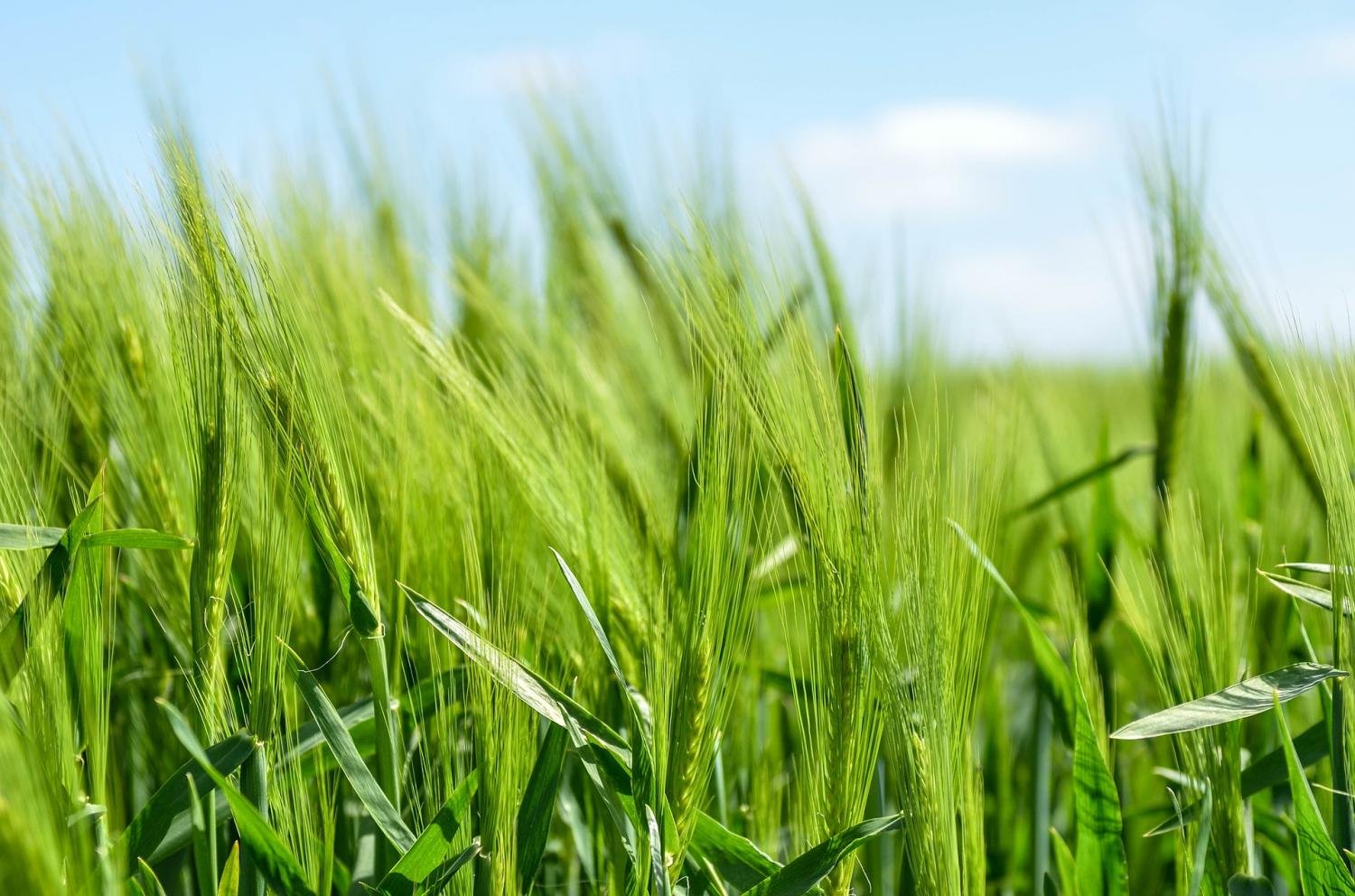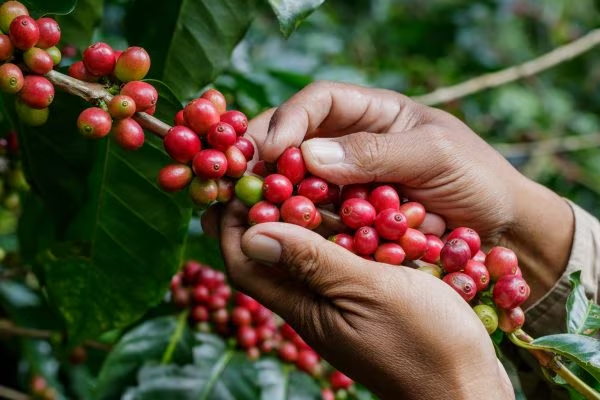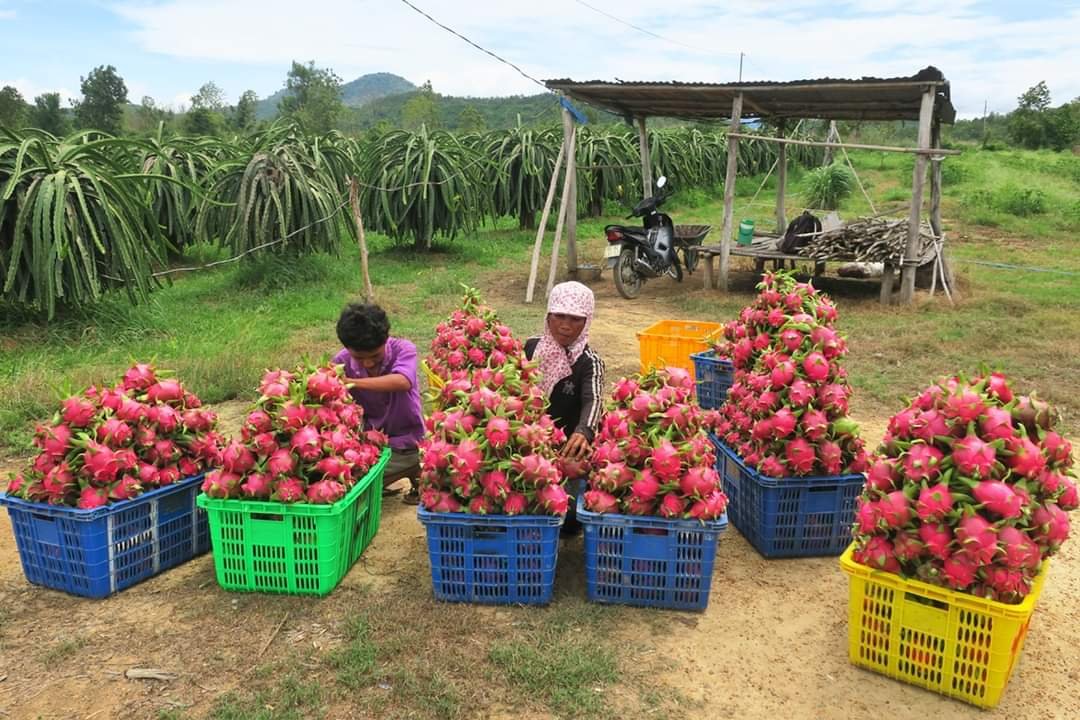Farmers in Vietnam are tapping into the potential of specialty crops that can greatly enhance their earnings. These unique plants not only cater to niche markets but also align with sustainable agriculture practices, attracting both farmers and eco-conscious consumers.
For example, herbs and spices are incredibly popular due to their rise in demand across cooking and wellness sectors.
Exotic fruits and medicinal plants are also making headlines, allowing farmers to explore profitable opportunities while improving their livelihoods. This shift towards high-yield crops signifies a growing trend, providing pathways to success in the agricultural landscape by enhancing organic farming practices, tapping into niche markets, and promoting sustainable agriculture through the cultivation of specialty crops.
Here’s a table summarized by Farmvina highlighting the most profitable high-value crops for small farms in Vietnam:
| Crop | Reasons for Profitability | Target Markets | Growing Requirements |
|---|---|---|---|
| Dragon Fruit | High demand in export markets (China, EU, US); premium pricing | Export and domestic | Warm climate, well-drained soil, trellises |
| Durian | Increasing popularity in international markets; lucrative export prices | Export (China, ASEAN countries) | Tropical climate, fertile soil, high humidity |
| Pepper (Black Pepper) | Vietnam is the world’s largest producer; consistent global demand | Export (US, EU, India) | Warm weather, sandy or loamy soil |
| Cashew Nuts | Global demand for processed cashews; Vietnam is a major exporter | Export (US, EU, Middle East) | Well-drained soil, tropical conditions |
| Passion Fruit | Growing popularity for juice production; premium export prices | Export and domestic | Warm climate, trellis support |
| Herbs (e.g., Basil, Lemongrass, Cilantro) | High-value niche markets for organic herbs; low input costs | Domestic and export (restaurants, retailers) | Partial shade, well-drained soil |
| Mushrooms (Shiitake, Oyster) | High demand for gourmet varieties; fast growth cycles | Domestic and export (gourmet markets) | Controlled environment, humidity, and shade |
| Avocado | Increasing global demand; premium pricing for high-quality varieties | Export (US, Japan, EU) | Tropical/subtropical climate, loamy soil |
| Lotus Seeds | Popular in health and wellness markets; versatile use in snacks and teas | Domestic and export (China, EU) | Wetlands, nutrient-rich soil |
| Tea (Specialty Varieties) | Vietnam is a top tea exporter; demand for organic and specialty teas | Export (Japan, EU, Middle East) | Cool climate (highlands), acidic soil |
Understanding High-Yield Crops Benefits
There’s so much to discover about the advantages these innovative plants bring to our fields. Engineered or selectively bred, high-yield options specifically aim to maximize output per acre, a necessity as our global population continues to rise.
With the right practices in place, farmers can significantly enhance their agribusiness while strengthening food security and making the most of their land.
One standout benefit of these varieties is their remarkable capability to increase productivity.
For example, cultivating high-yield cash crops can lead to a noticeable boost in food availability, which translates into higher profit margins for farmers.
This creates a win-win scenario, benefiting not just the growers but also the overall economy. As we witness a surge in market demand for high-yield options, the pressure to elevate agribusiness practices across cash crops, vegetable production, fruit cultivation, and herbal plants intensifies.
How Organic Farming Boosts Profits
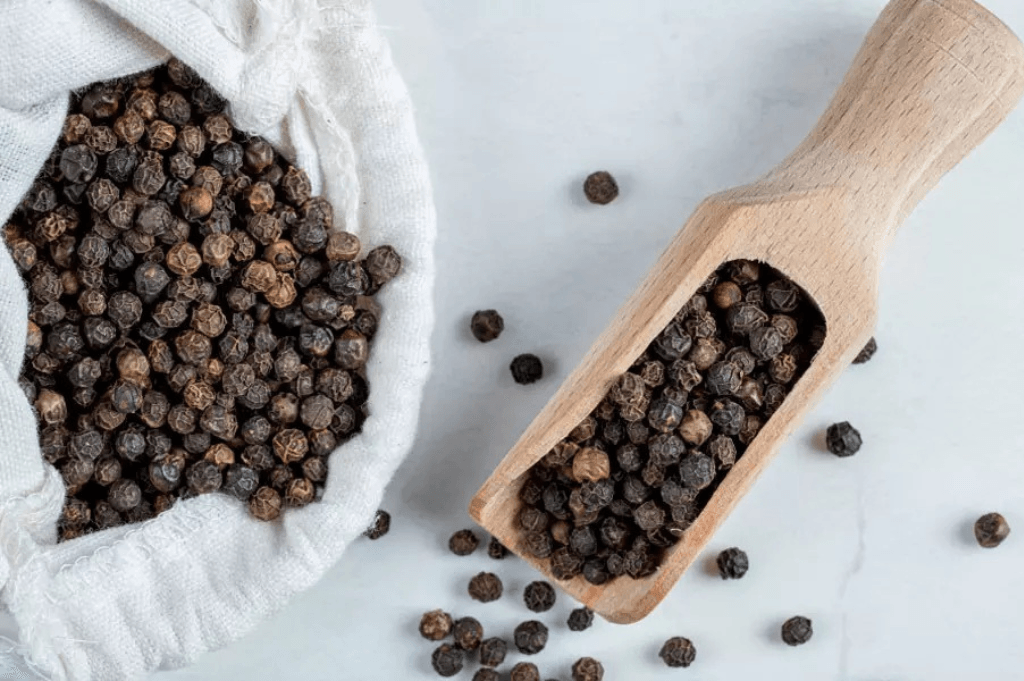
There’s a growing shift in agriculture, and many farmers are discovering the financial perks of embracing organic practices. For example, those who cultivate black pepper with organic methods frequently notice a significant spike in their profits.
With consumers increasingly seeking out healthier and environmentally friendly options, there’s a notable willingness to spend more on organic goods.
Higher Market Prices:
- Organic produce typically commands a premium price. Shoppers are often willing to pay more for products they perceive as healthier and more sustainable, which benefits farmers immensely.
- We’ll look at how the pricing varies across different crops—like dragon fruit, aquaculture, agroforestry, bamboo farming, and black pepper.
Exploring Niche Markets For Success
Finding unique opportunities in farming can be incredibly rewarding for those willing to think outside the box. Specialty products, such as coffee beans, are increasingly sought after by consumers looking for quality over quantity.
Farmers who identify these unique interests can uncover profitable paths.
For example, nutritional crops like superfoods are gaining popularity, driven by health-conscious buyers eager to invest in their well-being.
Embracing strategies like post-harvest processing can enhance product value and marketability. Utilizing online platforms is a fantastic way to connect with customers who appreciate the dedication behind quality farming.
If you’re open to exploring these avenues, the world of niche markets may hold the key to thriving in your agricultural endeavors.
Sustainable Agriculture Practices For Viability
The shift towards more eco-friendly farming approaches is not just a trend; it’s becoming a vital part of agricultural innovation. As farmers explore new ways to enhance their crop diversification, they’re discovering practices that focus on building soil health.
These techniques promote biodiversity, leading to resilient ecosystems that naturally assist with pest control and nutrient cycling.
For example, low-input farming can significantly cut down on the use of chemical fertilizers while boosting long-term profitability.
The rising demand for eco-friendly products creates a fantastic opportunity for farmers, making sustainable methods not only environmentally friendly but also economically practical. By adopting these strategies, farmers can secure more stable incomes and contribute to healthier communities.
Transitioning from the concept of exploring niche markets for success, it’s essential to highlight how key specialty crops for smallholder farmers can thrive under these principles by embracing low-input farming, permaculture, urban agriculture, crop diversification, and climate-resilient plants.
Eco-Friendly Farming
- Crop diversification enhances soil health and promotes biodiversity.
- Low-input farming reduces reliance on chemical fertilizers, improving environmental sustainability.
- Sustainable farming practices can lead to increased long-term profitability for farmers.
- Embracing eco-friendly methods supports stable incomes and healthier communities.
Key Specialty Crops For Small-holder Farmers
Picking the right crops can truly transform the journey for farmers wanting to boost their income and sustainability. Specialty crops present an exciting opportunity to enhance food security while tapping into local markets.
Herbs and spices, for example, can capture the attention of consumers, driving demand and boosting profits.
Exotic fruits such as dragon fruit possess notable export potential, opening doors to international sales.
Fast-growing vegetables provide the bonus of continuous harvesting, keeping the produce flowing. Prioritizing soil fertility and the right growing conditions helps farmers make informed decisions, paving the way for success.
As they explore these options, it’s essential to recognize how sustainable practices can integrate smoothly into their overall strategies, ensuring a brighter future.
Maximizing Cash Crops For Income
When it comes to increasing earnings through agriculture, choosing the right crops can make all the difference. Cash crops are specifically cultivated for sale rather than personal use, offering a potential goldmine for small-holder farmers.
These crops often bring in greater revenues than food crops, allowing for better investment returns if managed wisely.
Staying on top of market trends is key to knowing which crops are hot right now.
Pair this with climate suitability; growing what thrives in your local area will maximize yields.
Implementing sustainable practices, such as crop rotation, not only improves soil health but can also enhance profitability in the long run.
Don’t forget the importance of connecting with buyers. Building strong relationships with market players can lead to better prices and consistent value-added products that support smallholder farmers and sustainable practices, such as crop rotation and intensive agriculture.
Agriculture and Cash Crops
- Cash crops can yield higher revenues than food crops, providing better investment returns for smallholder farmers.
- Staying informed about market trends helps farmers identify which crops are in demand, increasing profitability.
- Growing crops that are suitable for the local climate maximizes yields and enhances overall farm productivity.
- Building strong relationships with buyers can lead to better pricing and the opportunity for value-added products.
Effective Vegetable Production Techniques
Diving into the world of growing vegetables can be pretty exciting! It’s all about finding the right methods that lead to lush, productive plants. Let’s kick things off by talking about soil health.
Regular testing can reveal nutrient deficiencies, and adding organic matter can truly boost the quality of your soil.
When the soil thrives, your plants will too, leading to better yields and enhancing land efficiency.
Transitioning to water management, drip irrigation stands out as an incredibly effective technique. It delivers water directly to the roots, making it way more efficient than those traditional varieties.
And hey, don’t forget about rainwater harvesting! It’s a sustainable approach that can keep your garden hydrated without breaking the bank.
Next up is crop rotation and diversity. Mixing things up in your garden not only keeps pests at bay but also enhances the diversity of traditional varieties, boosts medicinal herbs, increases cash income, improves land efficiency, and encourages the use of innovative techniques.
What Makes Dragon Fruit A Valuable Crop
One such gem is the vibrant fruit with a flair for dramatic presentation. Its striking appearance isn’t just for show; it’s high-demand produce that’s captured the attention of health enthusiasts and culinary creatives alike.
With its eye-catching color and distinctive flavor, it’s no wonder this fruit has become a favorite for fresh eating and is showing up in smoothies and desserts.
Beyond its appeal, this crop displays impressive crop resilience, easily adapting to various climates and showing a knack for thriving with minimal water.
This adaptability makes it an excellent choice for farmers focused on ecotourism and sustainable practices, allowing them to meet growing consumer interest while also being kind to the planet
Conclusion
It’s exciting to think about the future of farming and how new techniques can reshape our landscapes. High-value crops are opening doors for farmers who embrace fresh opportunities, especially with strong market access.
Adopting ecofriendly methods attracts an ever-growing consumer base, creating a win-win for both the environment and local economies.
Small farms often thrive through cooperative farming, where sharing resources and knowledge leads to stronger community ties.
With advanced irrigation systems in place, farmers can significantly boost their yields, making unique options like dragon fruit not just appealing but highly profitable. As we move forward, there’s an undeniable sense of optimism in agriculture, signaling a time ripe for innovation and growth

